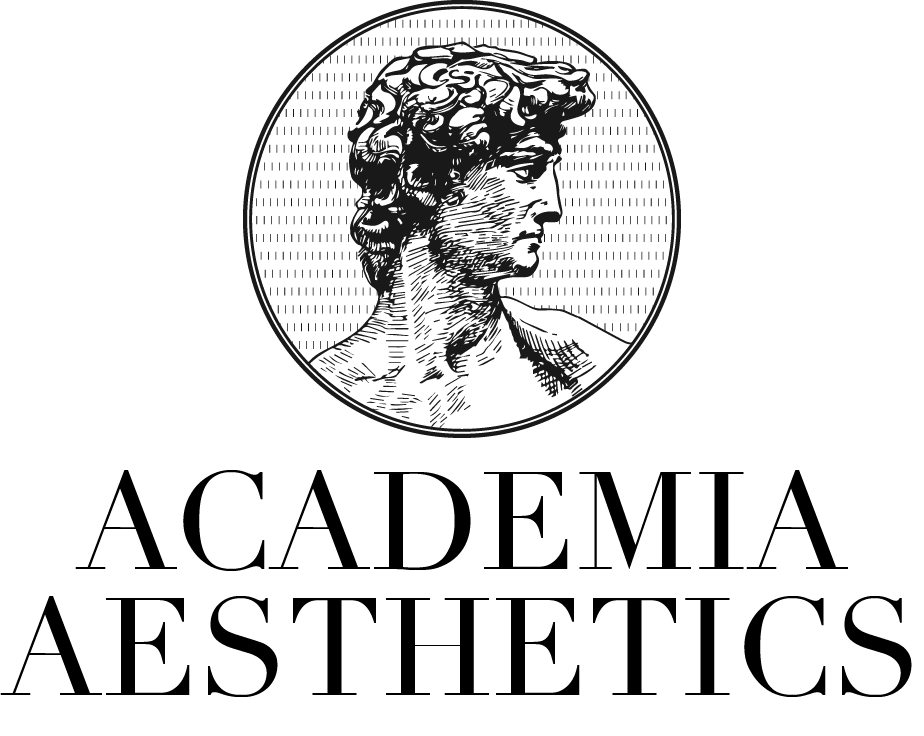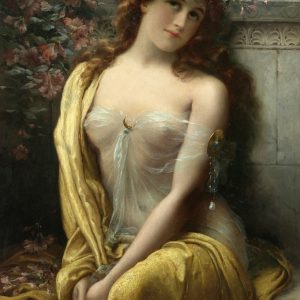Paul Émile Vernon
Showing the single result
Paul Émile Vernon (1872-1920) was a French painter who is celebrated for his remarkable ability to capture beauty, innocence, and the essence of the Belle Époque era in his art. His work has left an indelible mark on the world of illustration and portraiture, characterized by its timeless charm and exquisite attention to detail.
Vernon’s artistic journey began at a young age when he showed a keen interest in drawing and painting. His talent was evident, and he received early training at the Ecole des Beaux-Arts in Tours, France. Later, he honed his skills at the École des Beaux-Arts in Paris under the guidance of renowned artists like Gabriel Ferrier and Jules Lefebvre.
One of the defining features of Vernon’s art is his ability to portray the innocence and purity of childhood. His portraits of children, often in idyllic settings, exude a sense of wonder and joy. Through his brushwork, he captured the fleeting moments of youth, leaving viewers with a profound sense of nostalgia.
Vernon’s art was not limited to childhood portraiture alone. He excelled in depicting elegant women, often dressed in the fashionable attire of the Belle Époque. His ability to capture the grace and sophistication of his subjects made him a sought-after portraitist among the Parisian elite.
His use of pastel colors and soft, diffused lighting further enhanced the ethereal quality of his works. Vernon’s art was a testament to his deep appreciation for beauty in its many forms, whether it be found in the innocence of a child’s smile or the elegance of a Parisian lady.
In conclusion, Vernon’s art remains a timeless celebration of beauty and innocence. His ability to capture the essence of his subjects, whether they were children at play or society’s elite, has left a lasting legacy in the world of art. Through his paintings, Paul Émile Vernon invites us to revel in the enchanting moments of life and appreciate the timeless allure of the Belle Époque era.


